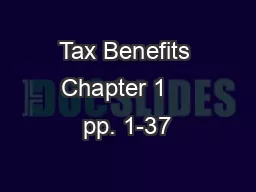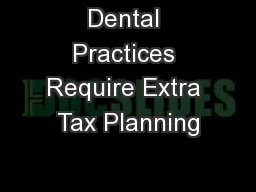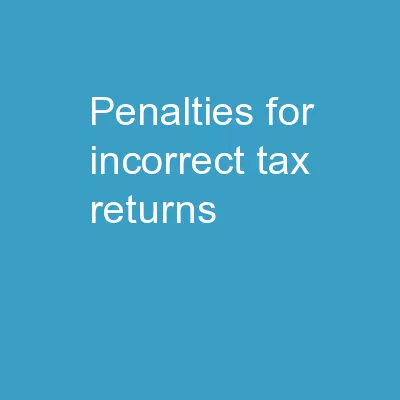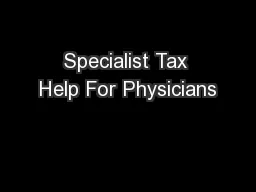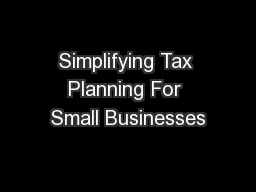PPT-Tax Benefits Chapter 1 pp. 1-37
Author : shoulderheinz | Published Date : 2020-08-03
2015 National Income Tax Workbook Tax Benefits Limited by Income pp 137 Many benefits in the IRC are applicable only to taxpayers whose income does not exceed
Presentation Embed Code
Download Presentation
Download Presentation The PPT/PDF document "Tax Benefits Chapter 1 pp. 1-37" is the property of its rightful owner. Permission is granted to download and print the materials on this website for personal, non-commercial use only, and to display it on your personal computer provided you do not modify the materials and that you retain all copyright notices contained in the materials. By downloading content from our website, you accept the terms of this agreement.
Tax Benefits Chapter 1 pp. 1-37: Transcript
Download Rules Of Document
"Tax Benefits Chapter 1 pp. 1-37"The content belongs to its owner. You may download and print it for personal use, without modification, and keep all copyright notices. By downloading, you agree to these terms.
Related Documents

